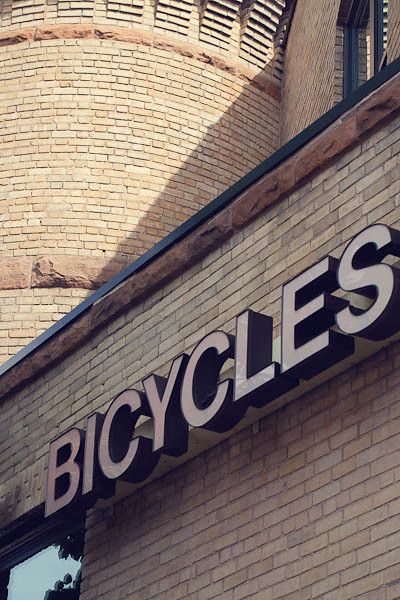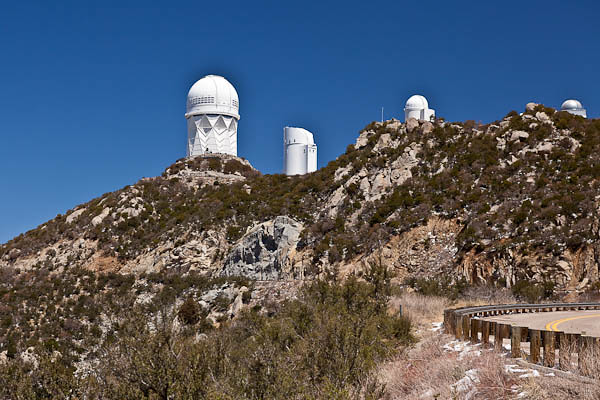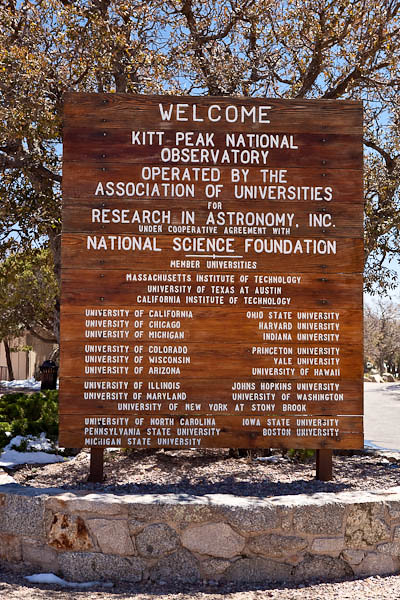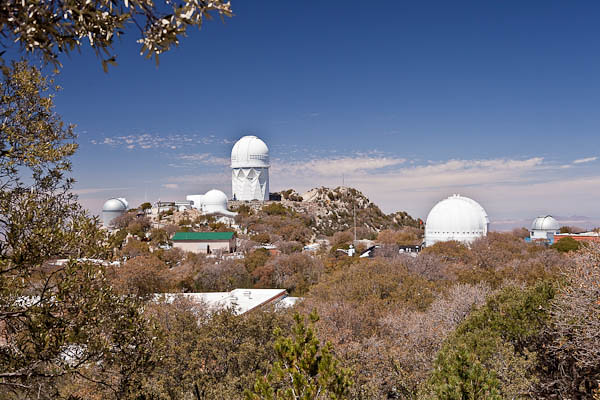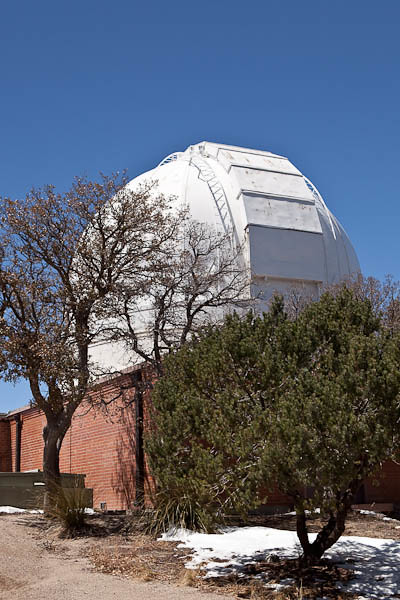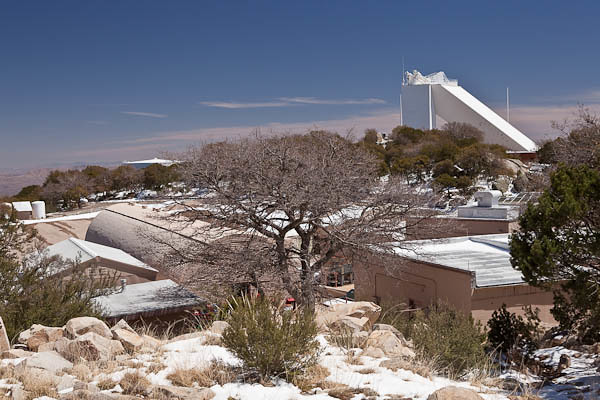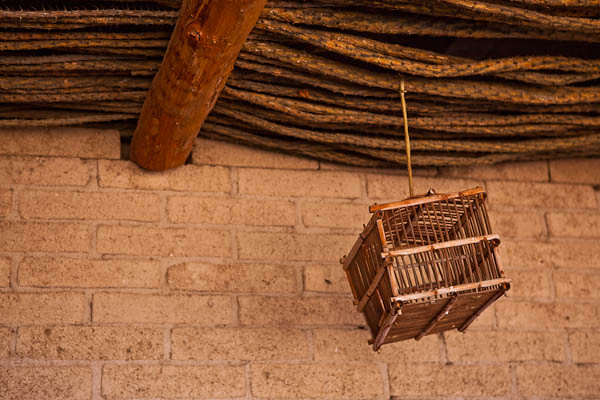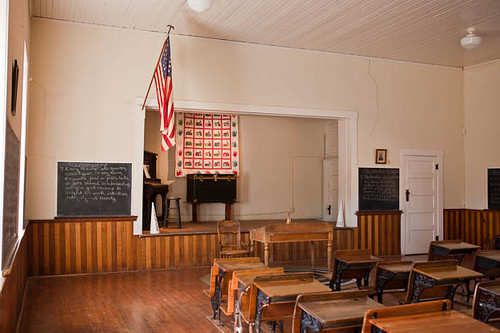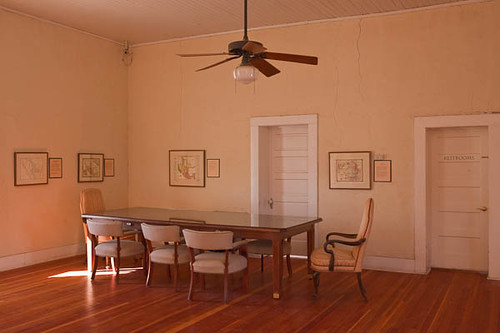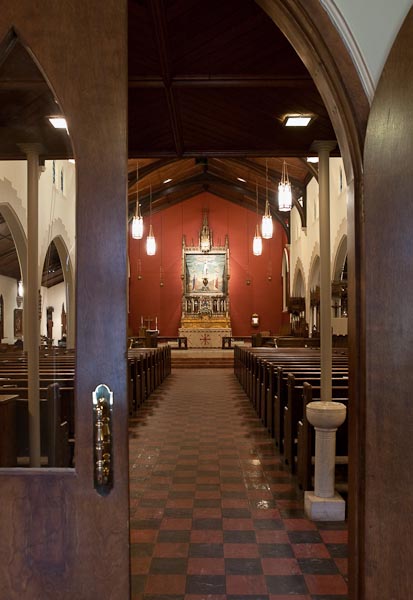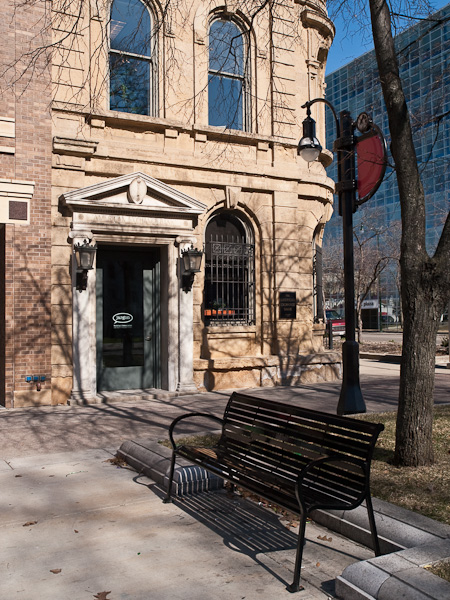I’m doing an urban project on selected stretches of streets in Madison.
I’m excited about this opportunity, and have learned a little something about patience and waiting in the three sessions I have already done.
The tenant on the south end of the Machinery Row Buildings is Machinery Row Bicycles.
Their BICYCLES sign is a prominent feature on the side of the brick building.
I love all the angles and geometric shapes in this photo — both in the letters spelling the word BICYCLES, and the individual bricks which break up large areas of space, but also in the cylindrical shape of the turret, and the shortening diagonal lines.
The Machinery Row Building is at the intersection of Blair and Williamson Streets. Williamson is known as Willy Street by all the locals.) East Wilson disappears and Willy Street appears. The row of buildings was designed by the architectural firm of Conover and Porter from Madison. As was typical of many commercial buildings at the time, the structures were designed in a commercial Romanesque Revival Style. The firm dissolved shortly after the first sections of Machinery Row were built. Lew F. Porter then supervised the remaining work on the building.
During their partnership, Conover and Porter constructed several hundred buildings, including jails, banks, churches, commercial properties and homes. A few of the more well-known buildings include the old University of Wisconsin boathouse, the UW-Madison’s Old Red Gym, the Senate Tavern, the Agricultural Dean’s residence on campus. The firm was a training ground for novice architects, including Louise Clause, John Flad, Alvin Small, and Frank Lloyd Wright.
